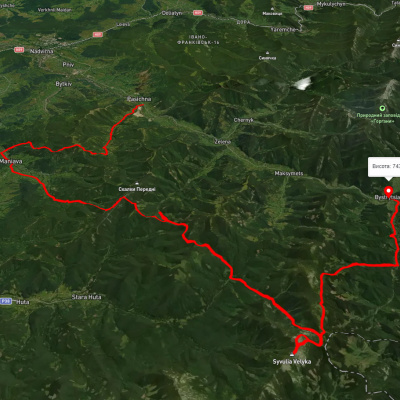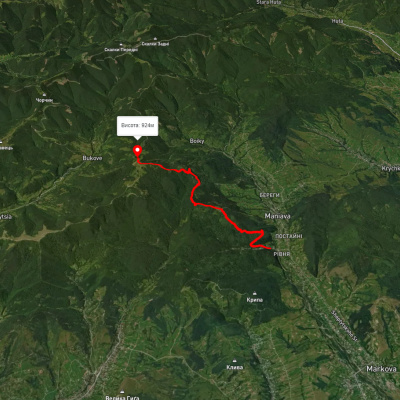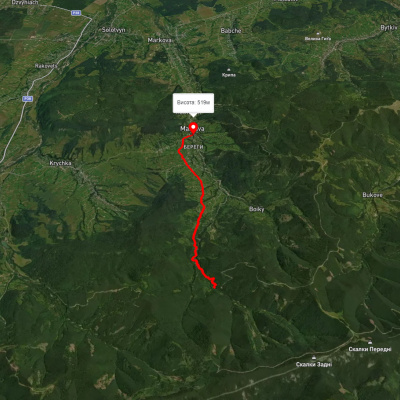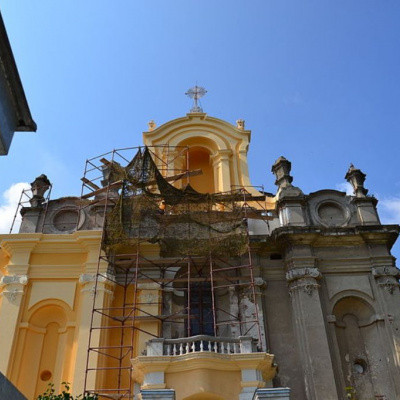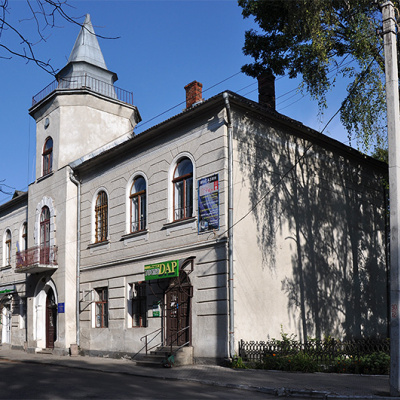Bolsheviks
7 kilometers north of Halych, over the Narayivka stream and the Hnyla Lypa river, lies the amazing town of Bilshivtsi in the Halych district of Ivano-Frankivsk region. This area was first mentioned on March 8, 1402, when the widow of the Galician starosta Petro Sokyrko gave her village Bovshev Minor to Catholic Archbishop Jacob Strepa "for eternity". However, archaeological research shows that the settlement existed here as early as the Neolithic period. This is confirmed by the found artifacts of the Trypillian culture. Bilshivka was formed as a result of the migration of some residents from villages with a high population density to new places of residence. It is generally believed that the settlement was founded by people from Bovshev. There is no doubt that the name Bilshivtsi is derived from the name Bovshiv, as it is known that the village of Bovshiv is very old and is mentioned in the Ipatiev Chronicle.
According to the researcher M. Khudash, the original meaning of Bolshovets, "little Bolshov," already suggests that the founders of this settlement were natives of the village of Bolshov. Most local historians believe that the place name Bolshivtsi means the name of the settlers (as indicated by the noun suffix -ivts) who moved from their mother's house, i.e. Bolshev, possibly after the village was destroyed by the Hordes or some natural disaster. Initially, this small settlement did not have a name yet, and for convenience, the people around them could say "where the Bovshivtsi live" or "go to the Bovshivtsi". Later, this convenient name became the official one. The renaming of Bolshev into Bolshovets (Bolshivtsi) was due to its increased size compared to the parent settlement.
In the second half of the sixteenth century, the village became the property of the Syniavsky family. In 1590, the town foundation of Bilshivtsi was laid, which means that the town was granted Magdeburg rights. At the beginning of the seventeenth century, the settlement belonged to Ivan Tchaikovsky, who in 1616 signed a pledge lease with Stanisław Kazanowski, who built a princely castle here, and the town became a fortification center. It is with the representative of this family, Martyn Kazanowski, that the first wooden church and Carmelite monastery were built in 1625. However, this sacred building was destroyed in 1655 during the national liberation war led by Bohdan Khmelnytsky. At that time, the villagers also joined this cause as part of Semen Vysoczan's unit.
With the financial support of the then owner of the town, Colonel of the Crown Troops Jan Haletskyi, in 1718 the construction of a new brick church of the Annunciation at the Carmelite monastery began, and the construction was completed thanks to Antonii Yablonovskyi. In 1777, the church was consecrated, and at the same time, the solemn coronation of the image of the Mother of God of Bilshivtsi with Child took place. A huge number of clergy of both rites and believers from all over Galicia gathered for this celebration. The monastery complex stands on a high hill, its majestic silhouette creating a landmark in the panorama of the present-day village and giving it a special architectural flavor. It is surrounded by a brick wall, which has been preserved in fragments. Bilshivskyi church is one of the most striking examples of late Baroque architecture of the eighteenth century of sacred art in Galicia.
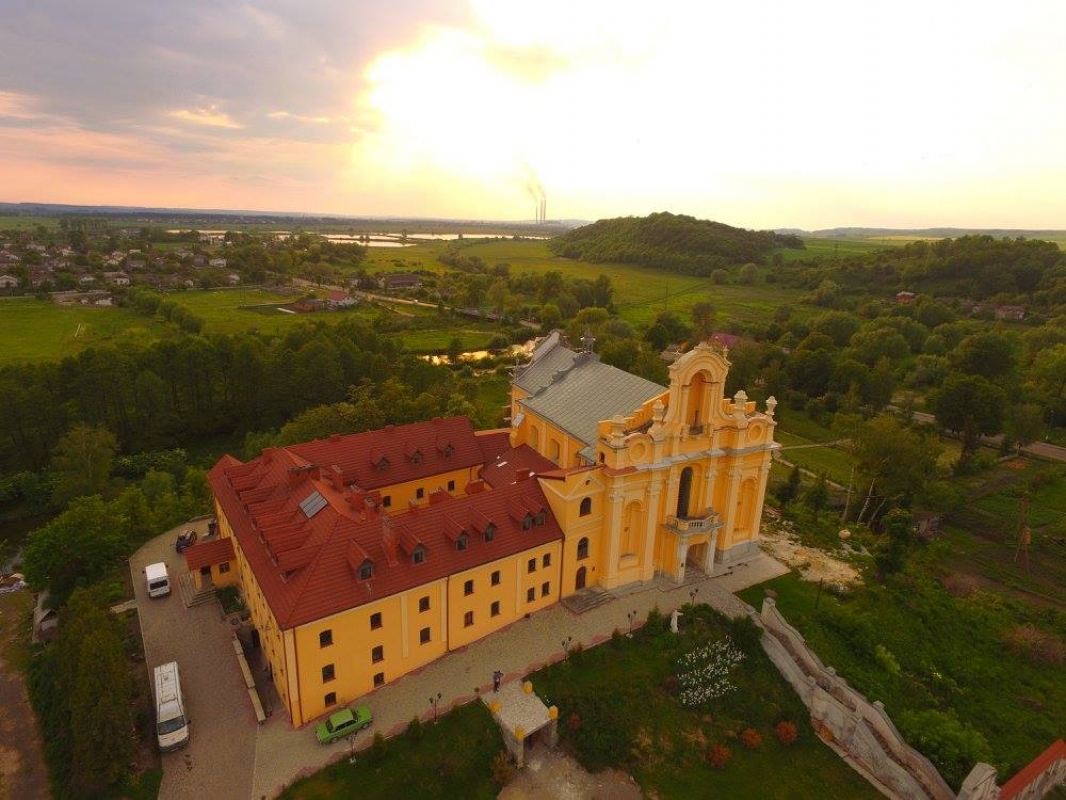
The main façade is decorated with two towers with niches for sculptures. This type of sacred building with two side towers was brought from the regions of Northern Italy and was characteristic of the temple construction of that time. The interior was decorated with Baroque paintings. The surviving frescoes, which were executed immediately after the church's construction, testify to the high professional level of the master. To the right of the altar, on the north wall, there were portraits of the church's founders. Back in the nineteenth century, the monastery in Bilshivtsi was one of the leading monasteries in Galicia. This is evidenced by the large number of documents stored in its archives. It was one of the most numerous monastic archives in the Galician land. According to a 1788 inventory, the archive included 701 volumes of various materials. It is also known that the monastery had a school.
The First World War dealt a devastating blow to the monastery and the church: the roof was burned, the interior was damaged, the main facade and crypts were partially destroyed, and the tombs were broken and destroyed. Only the miraculous image of the Mother of God from the main altar was saved. After the Second World War, the Soviet authorities stopped the activities of the order. After the war, the NKVD garrison was located here. Later, the premises were used as a granary, and later as a glassware store. It was only in 1987 that the roof was repaired and work began on further restoration. Today, the church and cells of the monastery have been completely restored. The National Conservation Area "Ancient Halych" together with the Ministry of Culture of Poland contributed to this. Pilgrimages are held here every year. Pilgrims from all over the world rush to venerate the copy of the miraculous image of the Mother of God that was saved.
However, the monastery complex with the church is not the only sacred building in the town. It is known that since 1782 a wooden church of the Nativity of Christ has been functioning here, founded by a representative of a Polonized Armenian family, Valerian Kshechunovych, who owned the town since the seventeenth century. Unfortunately, the church was destroyed, and a new shrine with the same dedication was built in its place in 1905. The new church was designed by the famous Ukrainian architect Vasyl Nahirnyi. It was modeled after the one-domed churches, based on the Neo-Byzantine style. It is also known that Metropolitan Andrey Sheptytsky himself consecrated the church during his canonical visit in 1906.
After the First World War, the church was rebuilt only by 1923. The walls of the church are covered with narrative and ornamental paintings. The iconostasis is from the 1920s, carved and gilded wood, by Anton Monastyrskyi. It is the best decoration of the church.

The former Kshechunovych manor-palace, which is well located in the greenery of a large park, is another example of the architectural excellence of the ancient town. It stood on the site of a residential building built by the Malecki family in 1800. At the beginning of the nineteenth century, the redesigned Maletsky estate looked like a three-story rectangular building.
During the First World War, the old courtyard of the Malecki family was completely destroyed. It was only in 1927-1929 that Korneliusz Krzeszunowicz built a new manor on the same site, designed by an architect. Tadeusz Mokłowski in the neoclassical style. The well-chosen building site, located opposite the park, made it possible to expand the building's imposing facade. The estate contained a lot of stylish furniture that the family took to Lviv after the First World War. In the great hall, family portraits of great artistic value hung in 1939. Several rooms were decorated in the Rococo style, with dark walnut wood furniture decorated with carvings and Biedermeier furniture.
The manor house and the park around it form a single architectural and park ensemble. The park, laid out in the English style, covered an area of more than 10 hectares. The manor was surrounded by green, always trimmed lawns on all sides, and it was also buried in a variety of fragrant flowers. The upper part of the park was crossed by a wide carriage path from the gate to the front yard, lined with pink acacias. Paths ran through the park for those who wanted to admire its beauty and meet its inhabitants: chamois, foxes, and hares. Until 1939, harmony reigned here.
Diving into the history of the town, one cannot ignore the nationality that in the second half of the nineteenth century made up 70 percent of the town's population. We will talk about the Jews who settled here in 1635, and at the end of the eighteenth century there was a large community in the town. At the beginning of the twentieth century, Bolshevik Jews earned their living by small-scale trade and crafts. At that time, the Bnei Tzion organization was created, and there was a mutual aid fund, parties, organizations, and banks. The Gamle Hesed charitable society was founded. A school and a library were in operation. Religious, cultural, and social life was very lively before the Second World War. The community left behind a synagogue, which is a historical monument. Built in the nineteenth century with later reconstructions in the early twentieth century, it is rectangular in plan, brick, with preserved wooden structures. It has survived to this day, located in the center of the former town, and now houses the People's House.
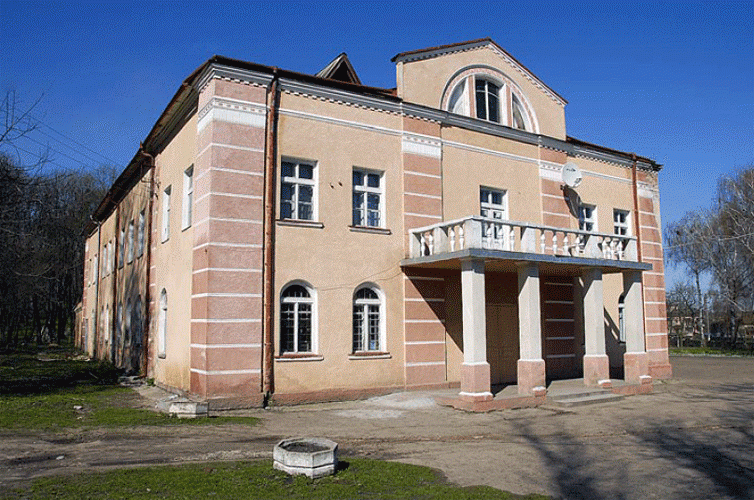
At the end of the nineteenth century, Bilshivtsi became a typical craft and trade town in Eastern Galicia. There were breweries and distilleries, a mill, a monastery brickyard, craft workshops of tinsmiths, tailors, shoemakers, and a loan office. Trade was carried out by local merchants who had several household stores selling salt, eggs, meat, vodka, beer, leather, and cloth. At the time, the town had 3,500 inhabitants, including 500 Roman Catholics, 1,000 Greek Catholics, and 2,000 Jews.
During the First World War, the front line passed through Bilshivtsi. Therefore, the town suffered serious destruction. However, in the interwar period, it was possible to restore industrial buildings, the church, the palace estate, and partially the Church of the Annunciation. In 1926, a metal bridge was built across the Hnyla Lypa River. In the period from 1927-1942, a railway station functioned in the town. In the 1930s, the OUN district execute office functioned in Bilshivtsi. In 1938, a new brick town hall was built, which is still used for its intended purpose. A year later, a Ukrainian school was opened.
In Soviet times, namely in 1940, the Bilshivtsi district was created, which existed until 1962, when Bilshivtsi was considered a town. During the Second World War, during punitive operations, all Jews were evicted and 320 houses out of 644 existing ones were burned. The train station was then destroyed, and it has never been rebuilt. During the Soviet era, a polyclinic was built in the town, and the estate of the former Mr. Kshechunovych was adapted for a room hospital. A fish farm was established on the basis of the lord's fish ponds, which used to produce 430 tons of live fish annually. Today, a private fish farm, Bilshivtsi Fish, operates here.
There is no doubt that Bilshivtsi is a historic settlement that has absorbed different historical periods. It is also associated with the activities of certain ethnic groups of the population - Ukrainian, Polish, Jewish, a small number of Armenians and Austrians. Today, the preserved monuments of Bilshivtsi's cultural heritage (history, architecture, and urban planning) continue to function. What is especially important is that the ancient spatial and urban planning system with the specific landscape and flavor of the former small town has been preserved.
Tourist attractions in Bilshivtsi include the Carmelite Monastery (1624): Church of the Annunciation (1624), monastery cells (17th - 18th centuries); Bilshovetska Town Hall (19th century); synagogue (18th century); Kornel Krzečunowicz Palace and Landscape Park (1927 - 1929), steam mill; artificial ponds; Church of the Nativity (1905). The Church of the Annunciation of the Carmelite Monastery with the remains of magnificent carvings in the interiors and a miraculous icon of the Virgin Mary (caressing Jesus on her bosom) was built in the Baroque style in 1624. In the nineteenth century, the Carmelite monastery was one of the largest in Galicia, and the monks published books and painted icons. There was also a shelter for the poor at the monastery (now the monastery belongs to the Franciscan Order).
If you go to Halych, you can also see the Starostynskyi Castle of 1367, the Church of the Assumption of the Virgin Mary, and the Church of St. Panteleimon (built in 1200).
Які туристичні (пішохідні) маршрути проходять через/біля Bolsheviks?
Пропонуємо пройти такі туристичні (пішохідні) маршрути через/біля Bolsheviks: с. Пасічна, через с. Манява, Манявський вдсп., г. Велика Сивуля до с. Бистриця, с. Манява - пол. Монастирецька, с. Манява - вдсп. Манявський, с. Гута - с. Пасічна, с. Дора, через г. Синячка, пер. Пересліп, пол. Туршугувата, хр. Явірник до м. Яремче, с. Дора, через г. Синячка, пер. Пересліп до м. Яремче
